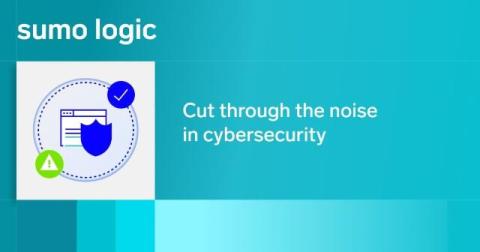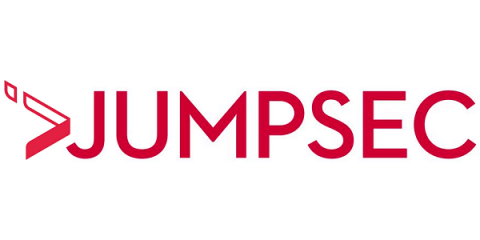Privileged Access Management Use Cases
There are several use cases for a Privileged Access Management (PAM) solution, including secure remote access, credential management and least-privilege access enforcement. PAM helps organizations manage the access of authorized accounts to highly sensitive data, including IT departments, HR or staff who handle payroll systems. Continue reading to learn more about the different use cases for PAM and why you should choose KeeperPAM as your PAM solution.











